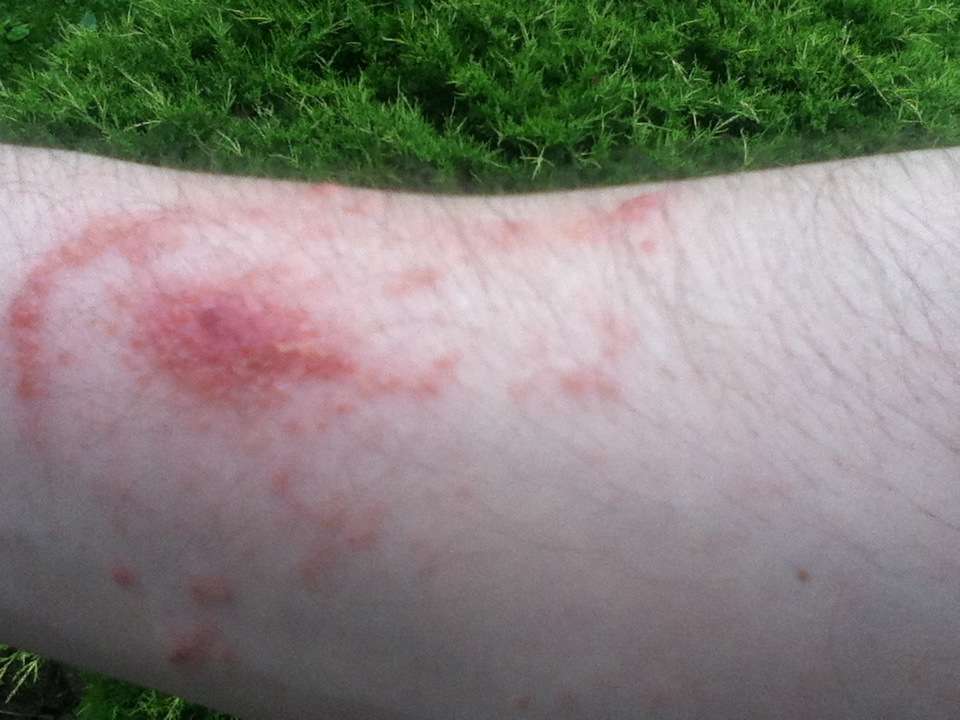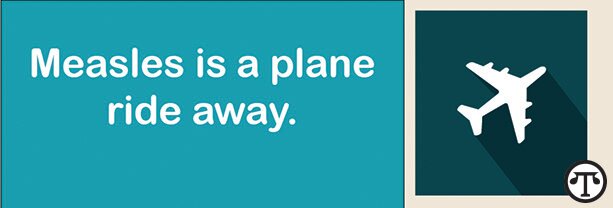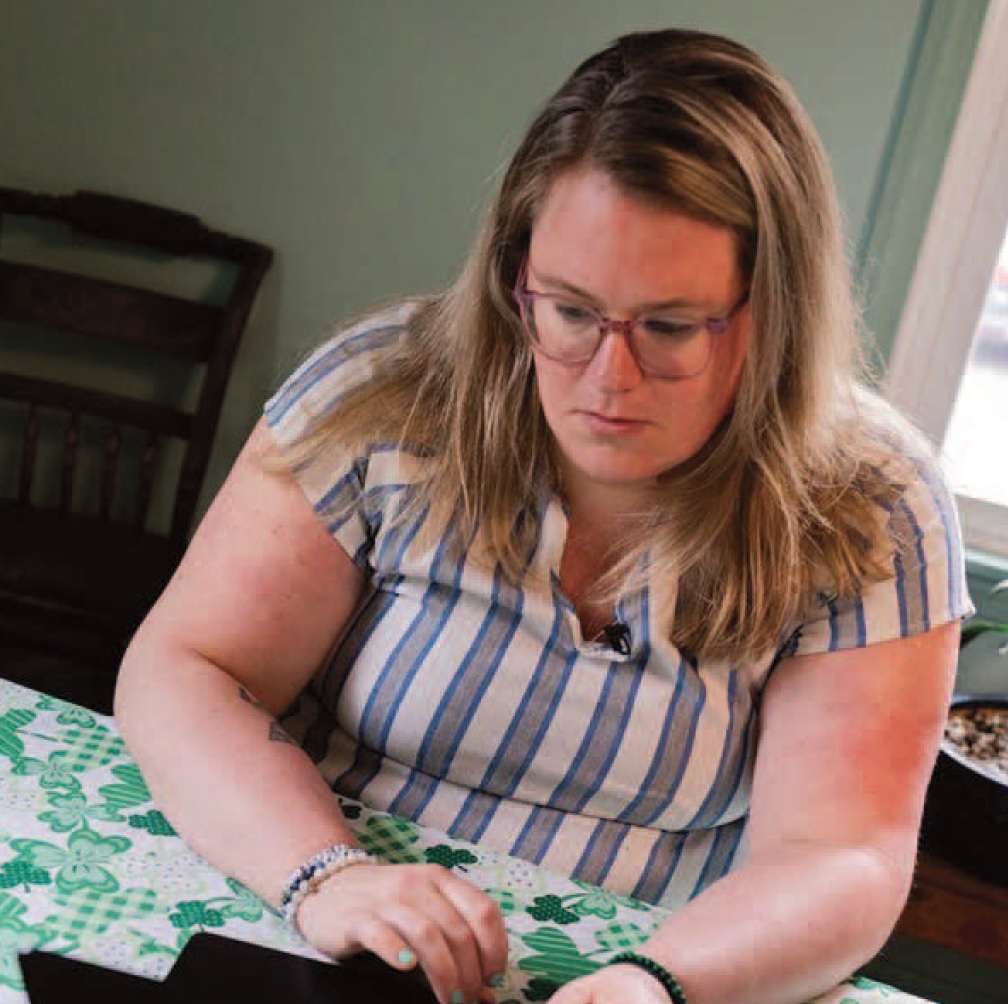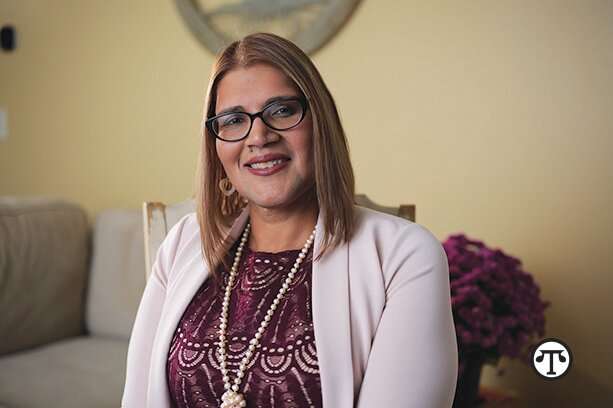FOR YOUR HEALTH: How to treat a poison ivy rash
 You generally won’t need to see your doctor to be diagnosed with a poison ivy rash. If you go to a clinic, your doctor will likely diagnose your rash by looking at it. You usually won’t need further testing.
You generally won’t need to see your doctor to be diagnosed with a poison ivy rash. If you go to a clinic, your doctor will likely diagnose your rash by looking at it. You usually won’t need further testing.
Treatment
Poison ivy treatments usually involve self-care methods at home. And the rash typically goes away on its own in two to three weeks.
If the rash is widespread or causes many blisters, your doctor may prescribe an oral corticosteroid, such as prednisone, to reduce swelling. If a bacterial infection has developed at the rash site, your doctor might prescribe an oral antibiotic.
Lifestyle and home remedies
A poison ivy rash will eventually go away on its own. But the itching can be hard to deal with and make it difficult to sleep. If you scratch your blisters, they may become infected. Here are some steps you can take to help control the itching:
Apply an over-the-counter cortisone cream or ointment (Cortizone 10) for the first few days.
Apply calamine lotion or creams containing menthol.
Take oral antihistamines, such as diphenhydramine (Benadryl), which may also help you sleep better. An over-the-counter antihistamine that won’t make you so drowsy is loratadine (Alavert, Claritin, others).
Soak the affected area in a cool-water bath that has about a half cup (100 grams) of baking soda or an oatmeal-based bath product (Aveeno) in it.
Place cool, wet compresses on the affected area for 15 to 30 minutes several times a day.
You probably won’t need medical treatment for a poison ivy rash unless it spreads widely, persists for more than a few weeks or becomes infected. If you’re concerned, you’ll probably first see your primary care doctor. He or she might refer you to a doctor who specializes in skin disorders (dermatologist).
How long will this rash last?
Is it contagious?
Is it OK to scratch?
Will scratching spread the rash?
Will popping the blisters spread the rash?
What treatments are available, and which do you recommend?
What can I do to help control the itching?
If the rash doesn’t go away or gets worse, when do you think I need to make another appointment with you?
How can I prevent this in the future?
What to expect from your doctor
Your doctor is likely to ask you a number of questions, such as:
When did you begin experiencing symptoms?
Have you had a similar rash in the past?
Have you spent time outdoors recently?
What treatment steps have you already tried?





 While the Healthy Eating Pyramid is a good indicator of the types (and quantities) of foods we should eat to stay healthy, there are certain foods that are healthier than others when it comes to our eyes.
While the Healthy Eating Pyramid is a good indicator of the types (and quantities) of foods we should eat to stay healthy, there are certain foods that are healthier than others when it comes to our eyes. (NAPSI)—Incidents involving dog attacks on Postal Service employees rose to more than 5,800 cases last year—but you can help get those numbers down and keep your own mail delivery up.
(NAPSI)—Incidents involving dog attacks on Postal Service employees rose to more than 5,800 cases last year—but you can help get those numbers down and keep your own mail delivery up.
 (NAPSI)—If you’re like most Americans, you take a dietary supplement every day, according to a report from the National Institutes of Health (NIH).
(NAPSI)—If you’re like most Americans, you take a dietary supplement every day, according to a report from the National Institutes of Health (NIH).
 Lately is seems as though you can’t pass a park or court without spotting people engaged in a lively game of pickleball. The fast-moving sport seems to have come out of nowhere and captured the interest of young and old alike, who can’t get enough of it. With all that play there is inevitably the possibly of strain and injuries, caution chiropractors.
Lately is seems as though you can’t pass a park or court without spotting people engaged in a lively game of pickleball. The fast-moving sport seems to have come out of nowhere and captured the interest of young and old alike, who can’t get enough of it. With all that play there is inevitably the possibly of strain and injuries, caution chiropractors.